What is a Toffee Candy Machine
Toffee candy has been a beloved treat for generations, appreciated for its smooth texture, rich flavor, and chewy consistency. While traditional production relied on manual stirring and cutting, modern candy makers have increasingly turned to specialized equipment to improve efficiency and consistency. A Toffee Candy Machine is designed specifically to automate the process of producing toffee, making it easier to achieve uniform results across large batches.
At its core, a Toffee Candy Machine manages several critical steps in candy production. These steps typically include heating, mixing, molding, and cooling. By integrating these functions, the machine reduces human error, helps maintain consistent texture, and ensures that each piece of candy meets the expected quality standards. Unlike conventional hand-made methods, the machine can maintain a steady cooking environment, which is essential for controlling the sugar crystallization process and achieving the desired chewiness.
Main Functions of a Toffee Candy Machine
Although different models may vary in design, most Toffee Candy Machines perform similar functions. The following table summarizes the key functions and their contributions to candy production:
| Function | Role in Toffee Production |
|---|---|
| Mixing | Combines sugar, butter, milk, and flavorings evenly |
| Heating | Maintains consistent temperature for proper caramelization |
| Molding | Shapes the candy into uniform pieces |
| Cutting | Portions toffee into manageable sizes |
| Cooling | Solidifies the candy without cracks or deformation |
Advantages of Using a Toffee Candy Machine
One of the main advantages of using this type of machine is the ability to maintain uniform quality throughout production. Manual methods often result in slight variations in texture and shape, whereas machines provide a steady environment for sugar cooking and mixing. Additionally, machines can handle larger quantities, reducing production time and allowing producers to meet market demands more efficiently.
Another benefit is improved safety. Heating sugar to high temperatures manually carries a risk of burns or accidents. A machine reduces direct contact with hot sugar, minimizing potential hazards for operators. Proper training and adherence to safety guidelines further ensure that the production environment remains secure and organized.
Considerations for Production
While a Toffee Candy Machine offers numerous benefits, effective use requires attention to several factors. The quality of raw ingredients, precise temperature control, and careful monitoring during mixing all contribute to the final product. Operators must also maintain regular cleaning routines to prevent residue buildup, which could affect both taste and hygiene.
Moreover, understanding how to adjust mixing times or mold settings can allow producers to create variations in texture or shape without compromising overall consistency. This flexibility makes the machine a versatile tool for both small-scale and larger candy operations.
Key Components and How They Work
Following the introduction of what a Toffee Candy Machine is, it is important to understand the main components that allow it to operate efficiently. Each part of the machine has a specific role in transforming raw ingredients into finished candy. Understanding these components not only helps operators use the machine more effectively but also provides insight into how consistent quality is maintained.
1. Mixing Unit
The mixing unit is responsible for combining sugar, butter, milk, and flavoring ingredients evenly. Proper mixing ensures that every batch has uniform texture and taste. This part typically includes a rotating mechanism that continuously blends ingredients while minimizing air incorporation, which can affect the final product. By maintaining steady motion, the machine avoids uneven heating or ingredient separation, which is crucial for achieving the chewy consistency associated with toffee.
2. Heating System
Temperature control is a critical factor in candy production. The heating system gently warms the mixture to promote caramelization without burning. Precise heat distribution prevents localized overheating, which can lead to crystallization or uneven texture. While operators do not need to monitor the heat manually at every moment, understanding how the system maintains a consistent temperature helps in planning production schedules and adjusting batch size as needed.
3. Molding and Shaping Section
After the mixture reaches the desired consistency, it moves to the molding section. Here, the machine shapes the candy into uniform pieces. Depending on the setup, the machine may form long strands, sheets, or individual molds. This process reduces the need for manual handling and ensures each piece has a consistent size and appearance. Uniformity at this stage is key to maintaining quality throughout the production line.
4. Cutting Mechanism
The cutting mechanism portions the molded toffee into manageable sizes. This unit is often synchronized with the molding section to ensure precise dimensions. By automating cutting, producers can avoid inconsistencies that occur when done manually. Proper adjustment of cutting timing and speed allows variations in portion size without compromising overall uniformity.
5. Cooling System
Cooling is the final step before the candy can be packaged. The cooling system solidifies the toffee gradually, preventing cracks or deformation. Controlled cooling ensures that the texture remains chewy rather than brittle, and that the candy maintains a smooth surface. Some machines include adjustable airflow or temperature zones to accommodate different production requirements.
Integration and Workflow
While each component serves a unique purpose, the integration of all parts is what makes the machine effective. The workflow typically follows a sequence: mixing, heating, molding, cutting, and cooling. Smooth coordination between these stages ensures that each batch meets the expected quality standards without requiring constant manual intervention. Operators who understand the role of each component can more effectively monitor the production process and troubleshoot any irregularities.
| Component | Function | Importance |
|---|---|---|
| Mixing Unit | Combines ingredients evenly | Ensures uniform texture |
| Heating System | Controls temperature | Prevents uneven caramelization |
| Molding Section | Shapes candy | Maintains consistent size and appearance |
| Cutting Mechanism | Portions toffee | Reduces variation in piece size |
| Cooling System | Solidifies candy | Preserves texture and appearance |
Tips for Maintaining Your Toffee Candy Machine
Proper maintenance of a Toffee Candy Machine is essential to ensure consistent candy quality, reduce downtime, and extend the lifespan of the equipment. Regular attention to each part of the machine can prevent minor issues from becoming larger problems.
Daily Maintenance
- Clean After Each Use: Remove sugar residues and other ingredients from mixing, molding, and cutting areas. This prevents buildup that could affect flavor or texture.
- Check Moving Parts: Look for unusual noises or resistance in belts, gears, or rollers. Addressing these early avoids breakdowns.
- Inspect Electrical Components: Ensure wires and connections are intact and free from damage.
Weekly Maintenance
- Lubricate Moving Parts: Apply food-safe lubricants to gears, bearings, or other mechanical sections as recommended by industry guidelines.
- Examine Heating Elements: Check that heating units distribute temperature evenly without signs of wear or hotspots.
- Test Safety Features: Make sure emergency stops, guards, and sensors function correctly.
Monthly Maintenance
- Full System Check: Inspect all units, including mixing, molding, cutting, and cooling sections. Look for wear and replace parts if necessary.
- Calibrate Temperature and Timers: Ensure the heating and timing systems work within the intended range to maintain consistent candy quality.
- Review Production Logs: Check for any recurring issues or patterns that may indicate underlying mechanical problems.
Tips for Efficient Maintenance
- Keep a maintenance schedule visible to all operators to ensure tasks are performed on time.
- Train staff on cleaning techniques and mechanical checks.
- Use only approved cleaning agents and food-safe lubricants to comply with hygiene standards.
- Document maintenance activities to track recurring issues and improvements over time.
A Toffee Candy Machine combines multiple production steps into an efficient system, supporting consistent quality, safety, and workflow. Understanding the machine's components, following safety guidelines, and performing regular maintenance are essential for reliable operations. By implementing these practices, candy producers can achieve uniform results, maintain a safe working environment, and optimize overall production efficiency.


 ENG
ENG
 English
English 中文简体
中文简体 русский
русский Français
Français Español
Español عربى
عربى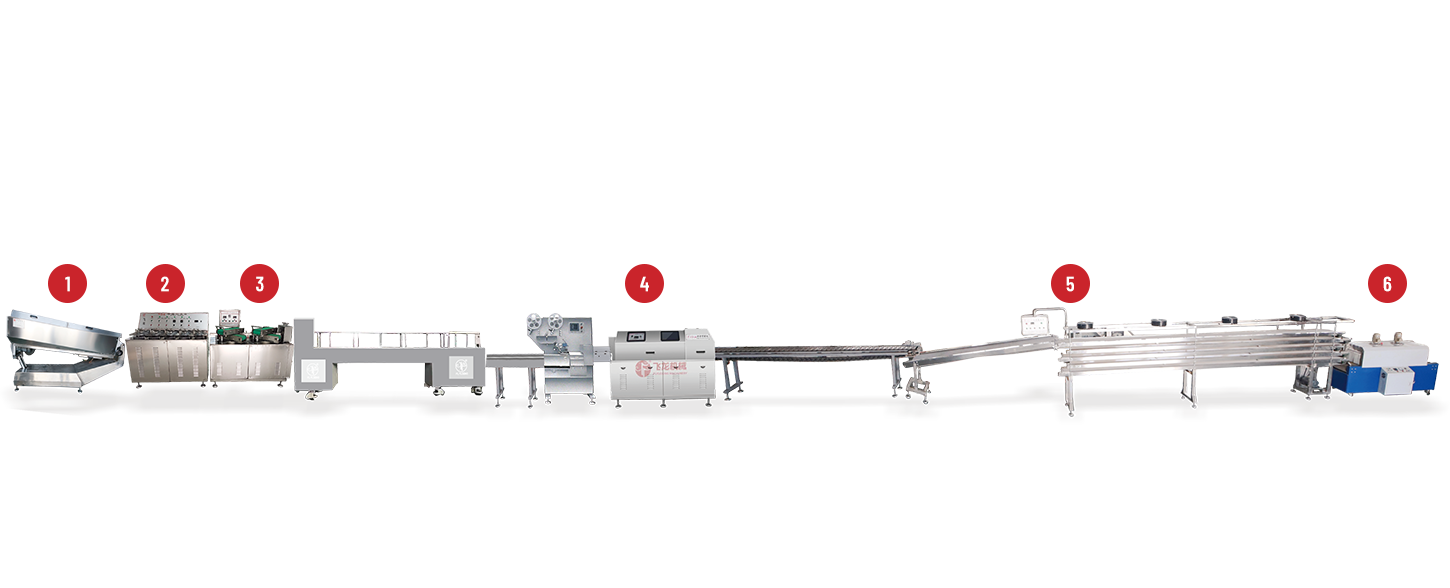




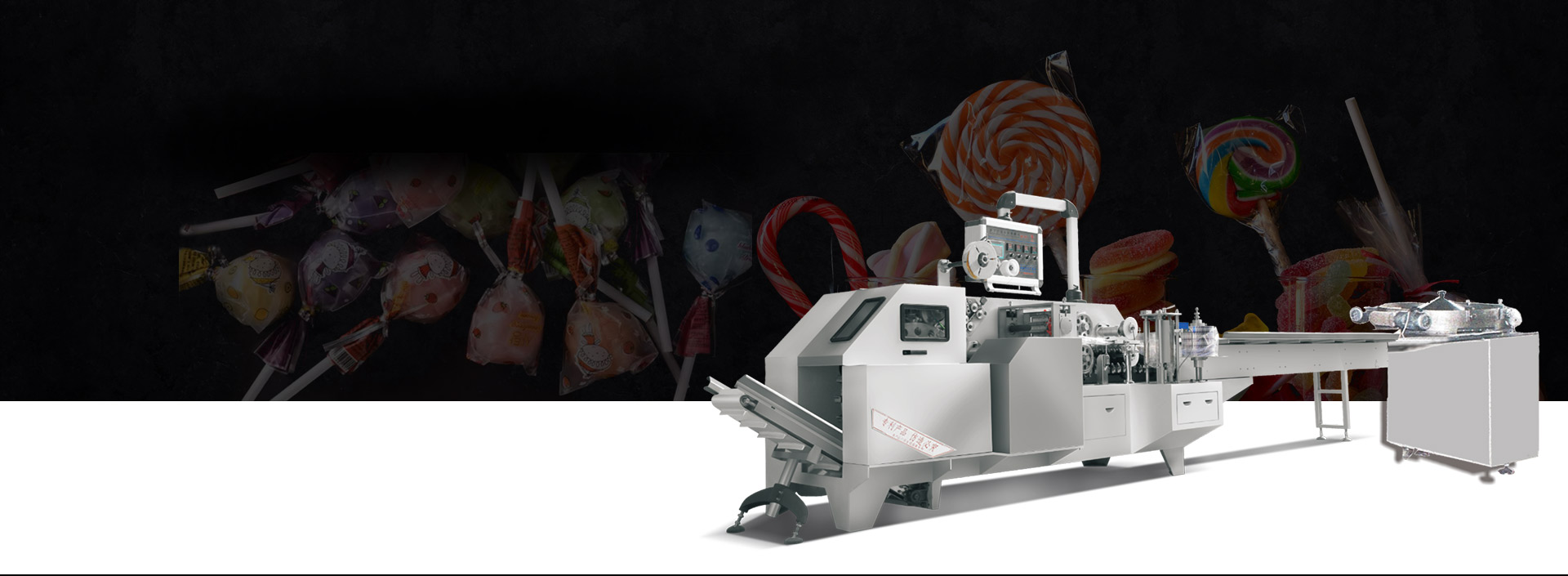
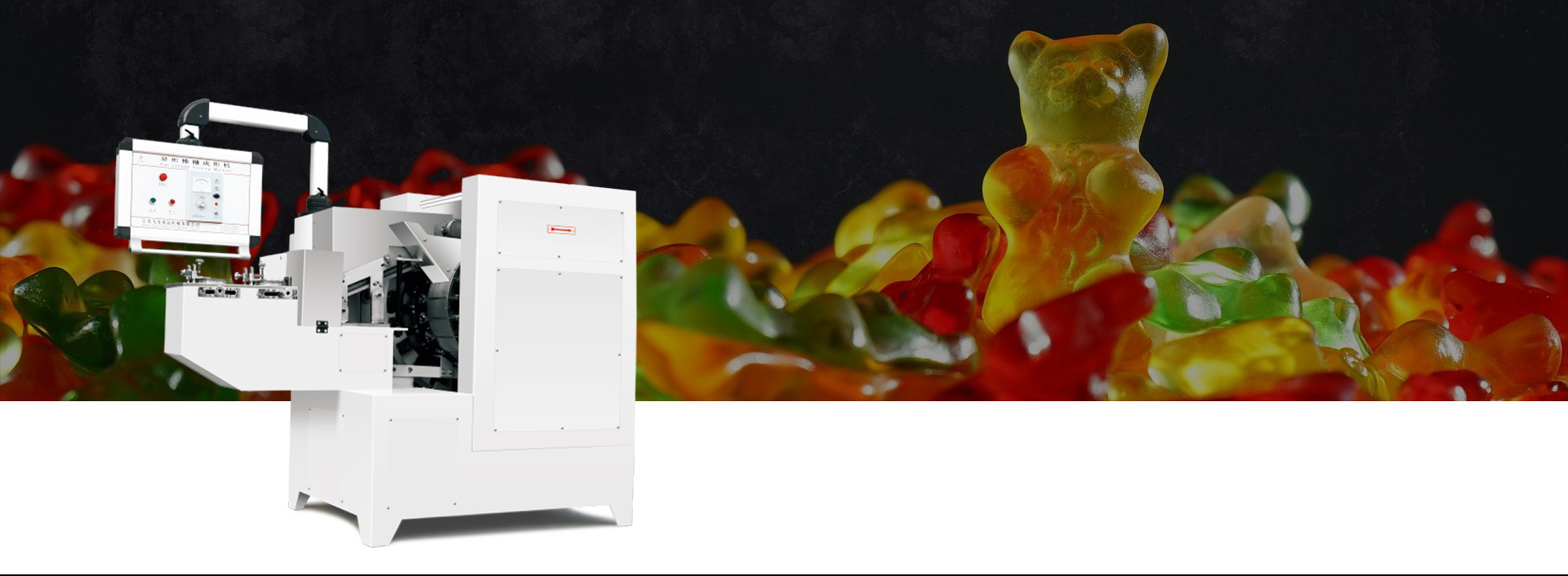
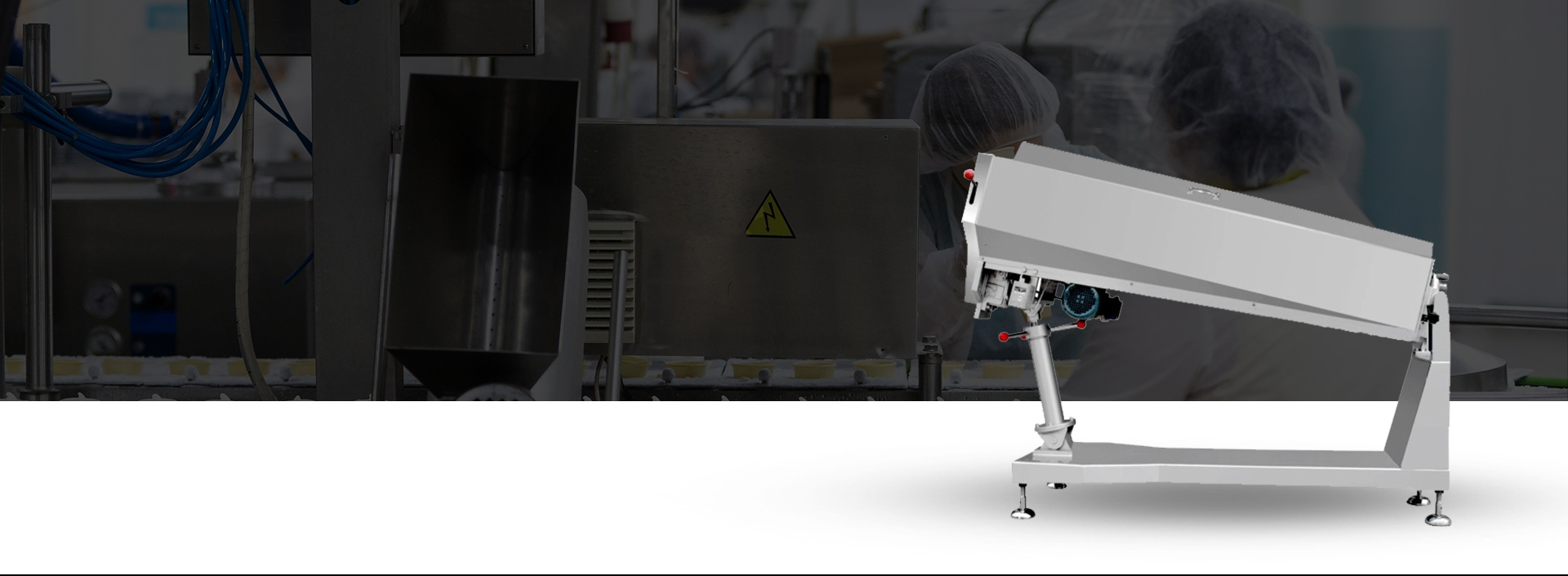
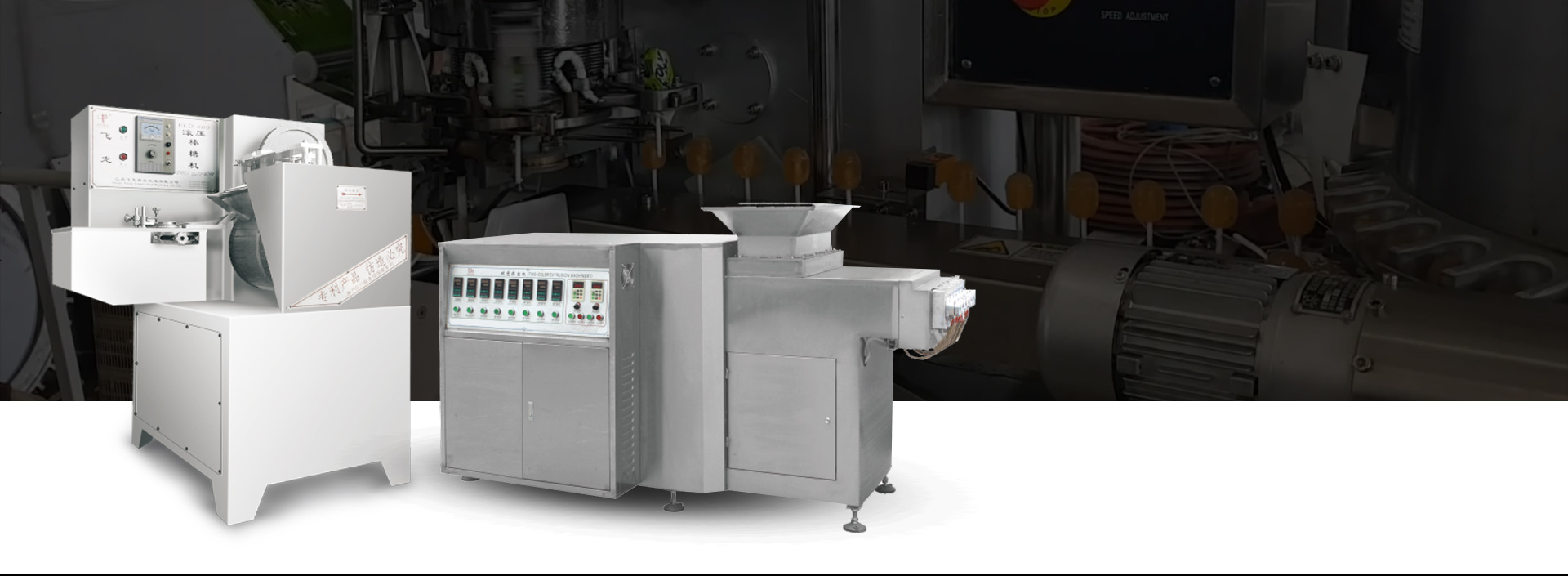


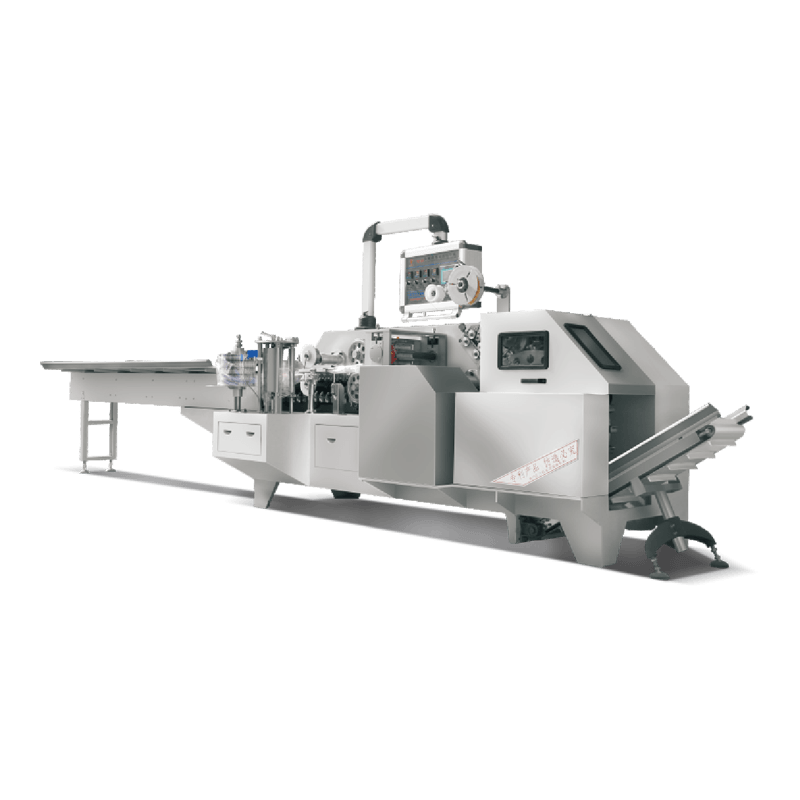




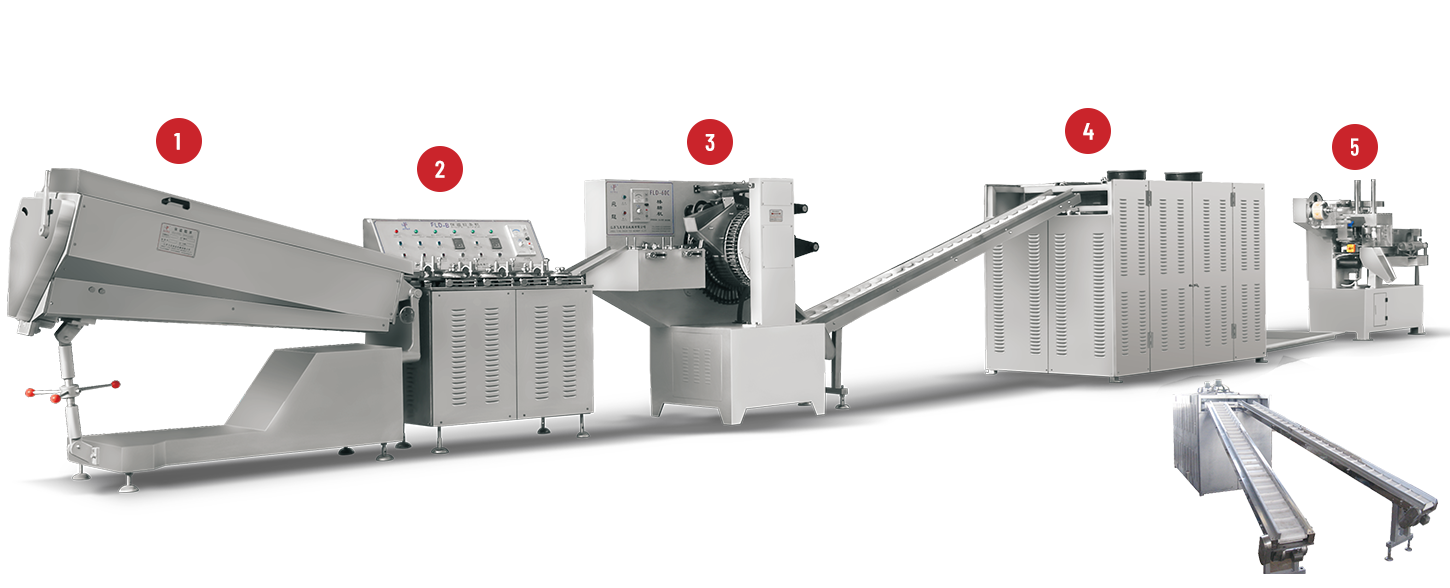

 +86-(0)515-8465666
+86-(0)515-8465666 +86-(0)515-85566996
+86-(0)515-85566996 +86-138 1559 9708
+86-138 1559 9708 flyloong@flyloongcn.com
flyloong@flyloongcn.com 
 Home
Home